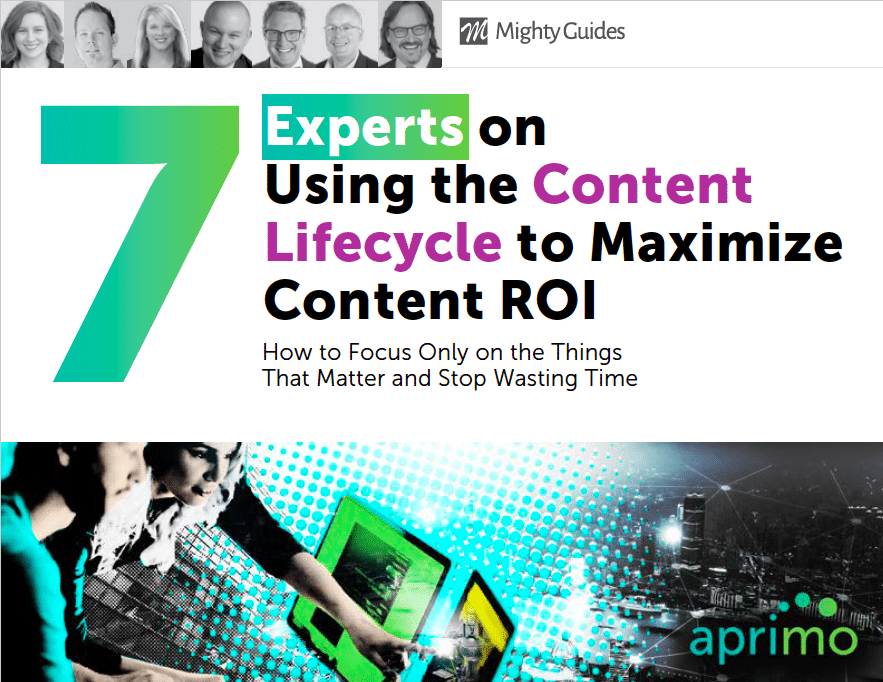Christoph Trappe, Chief Content Officer, Stamats Communications, Inc.
“In content today, everything is about measurement. This data becomes a guide for how to develop additional content.”
Using data to measure content performance is challenging because life is nonlinear. You can be going about your day and a friend calls you out of the blue to tell you about a meeting she just had in which a person’s name came up. After the call, you search that person’s name, and an article the person wrote comes up. The article has nothing do with what your friend was talking about, but it’s interesting, and you spend a few minutes reading it. Maybe you recommend it to someone else you know was looking for that information. It’s difficult to track these things.
But in content today, everything is about measurement. Are people reading it? Do those consuming the content prefer certain topics, and do they prefer articles of a certain tone? And really, the most important thing, does the content convert readers, causing them to take an action? How many people click on the Call Now button? How many people email? This data becomes a guide for how to develop additional content.
Anecdotal evidence is important too, when the right person shares it. If an executive asks if the content campaign is working and a business manager says we have a lot of new customers who mention the content, that counts. It might not carry as much weight coming from a marketing consultant, though. Then if on top of that you can show a 50% increase in site traffic, those things taken together become very powerful.




